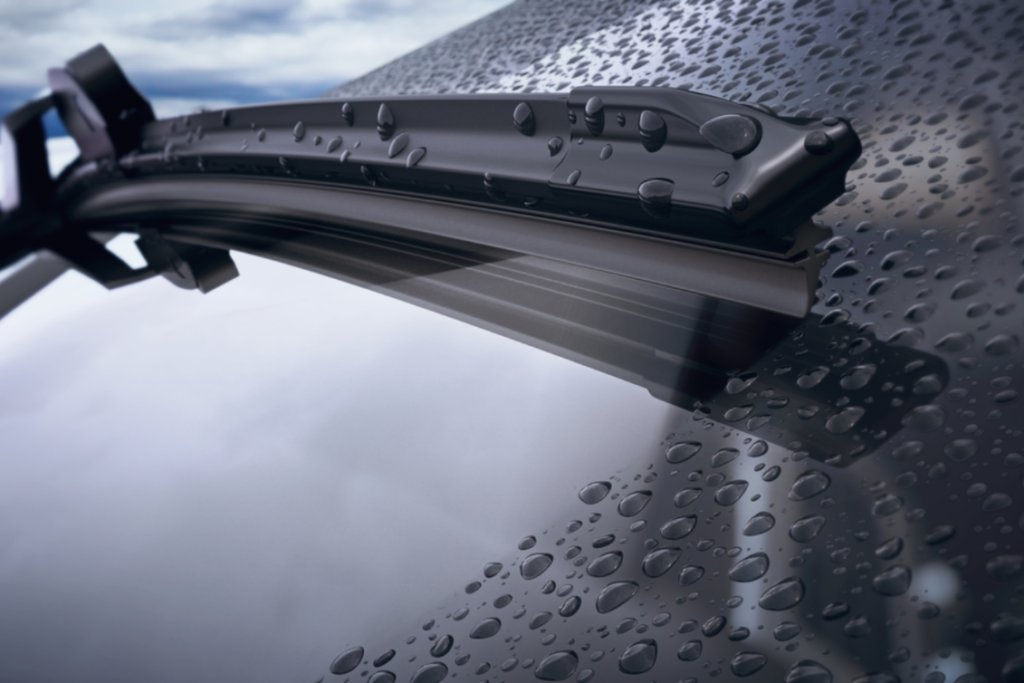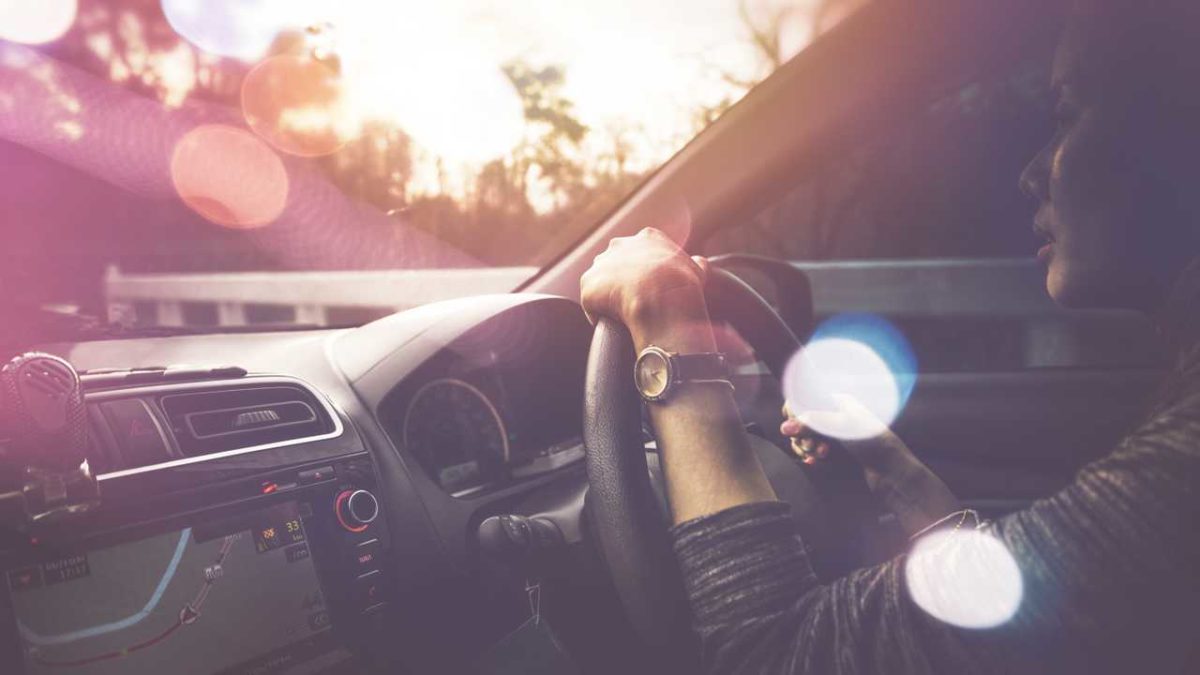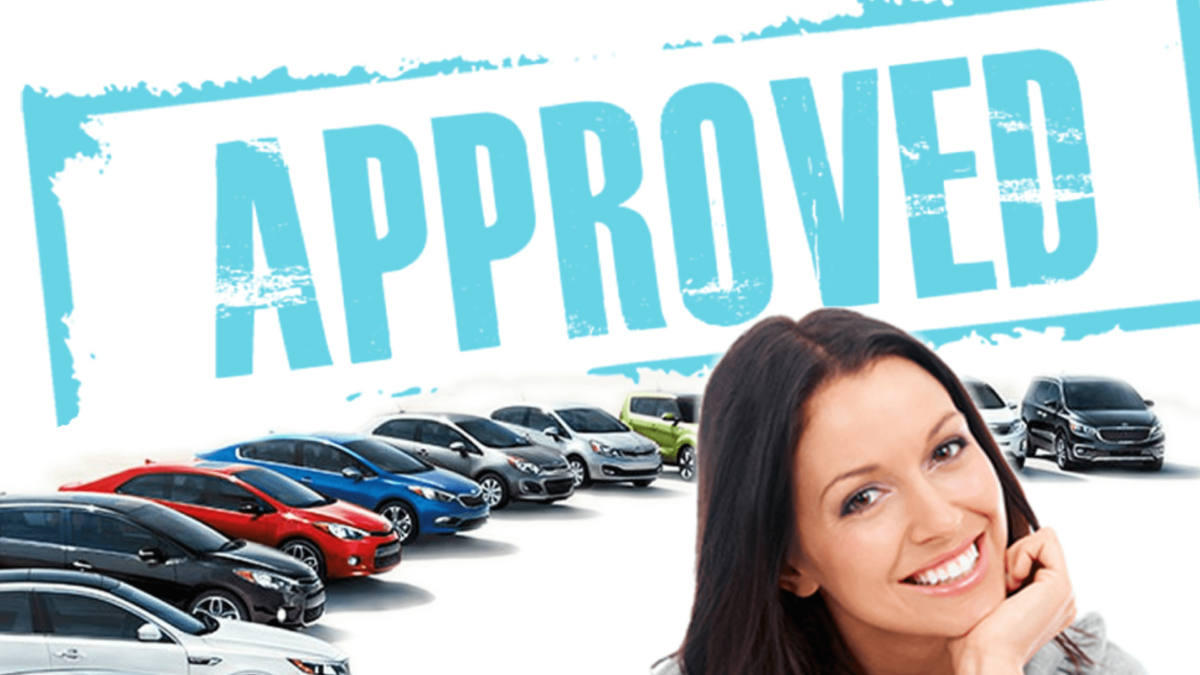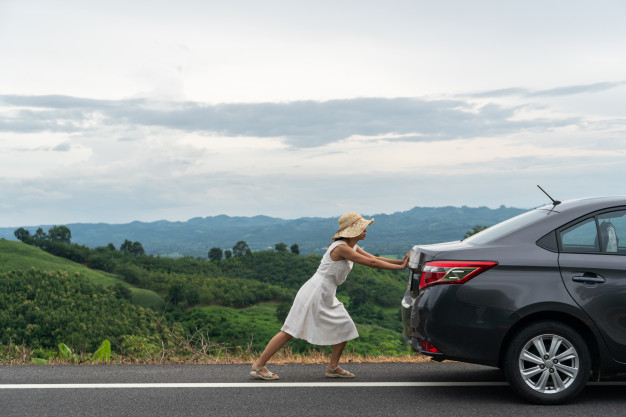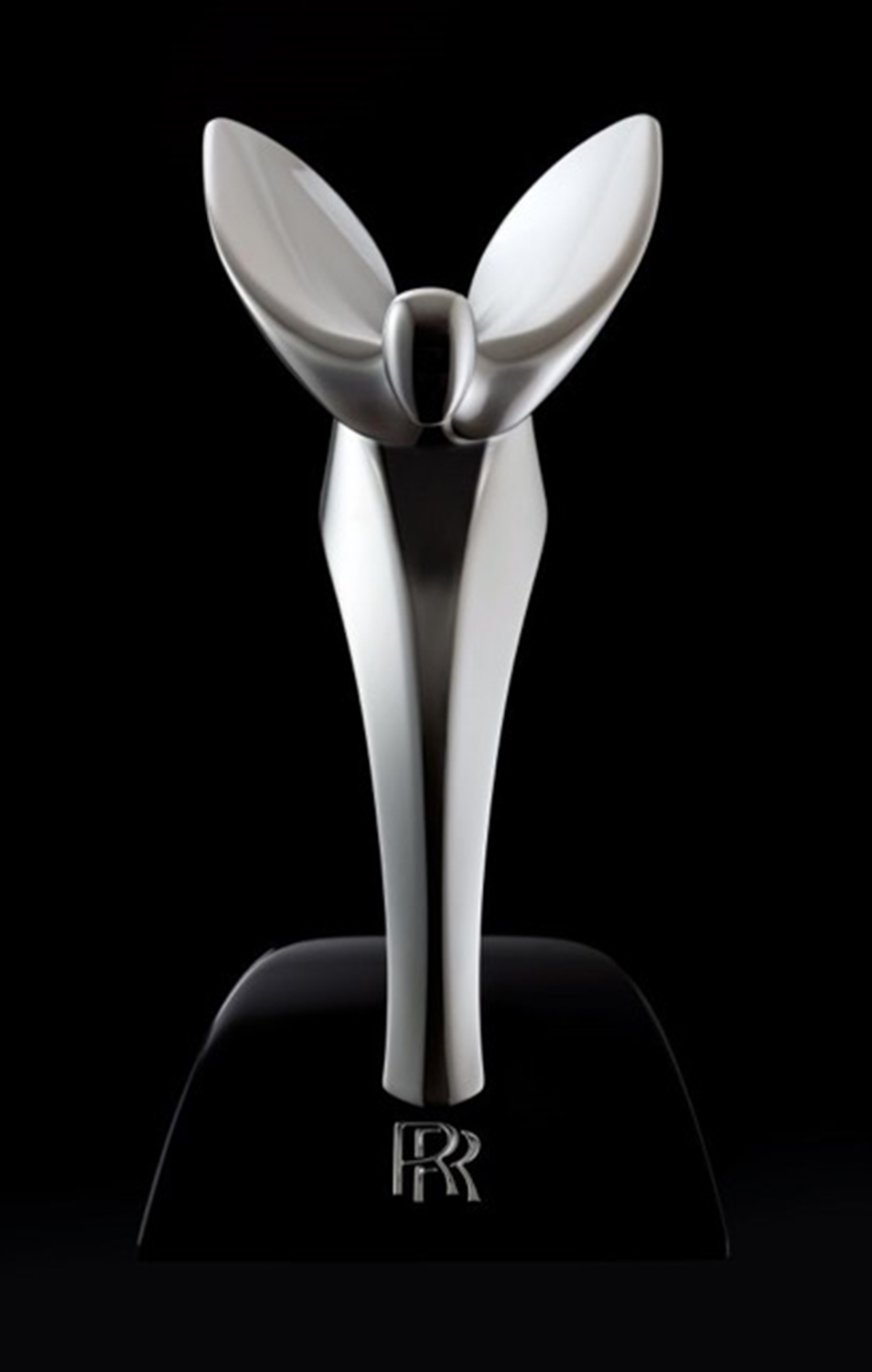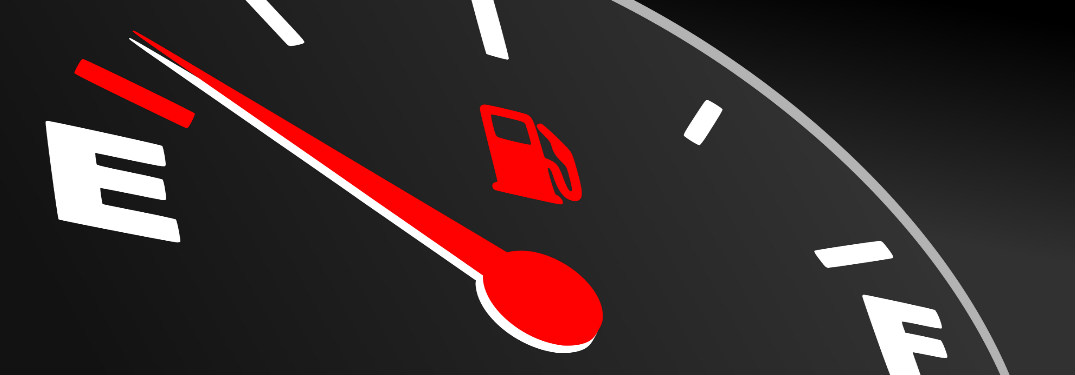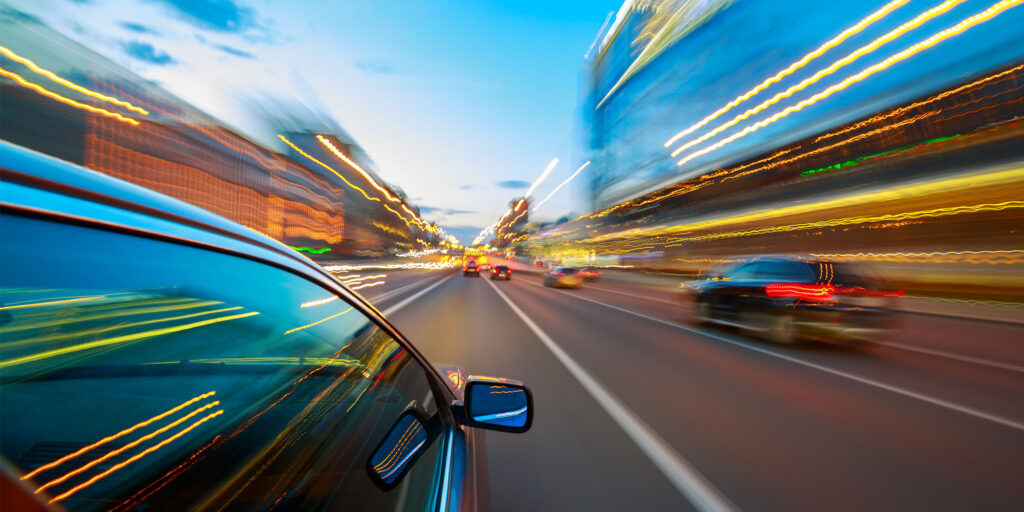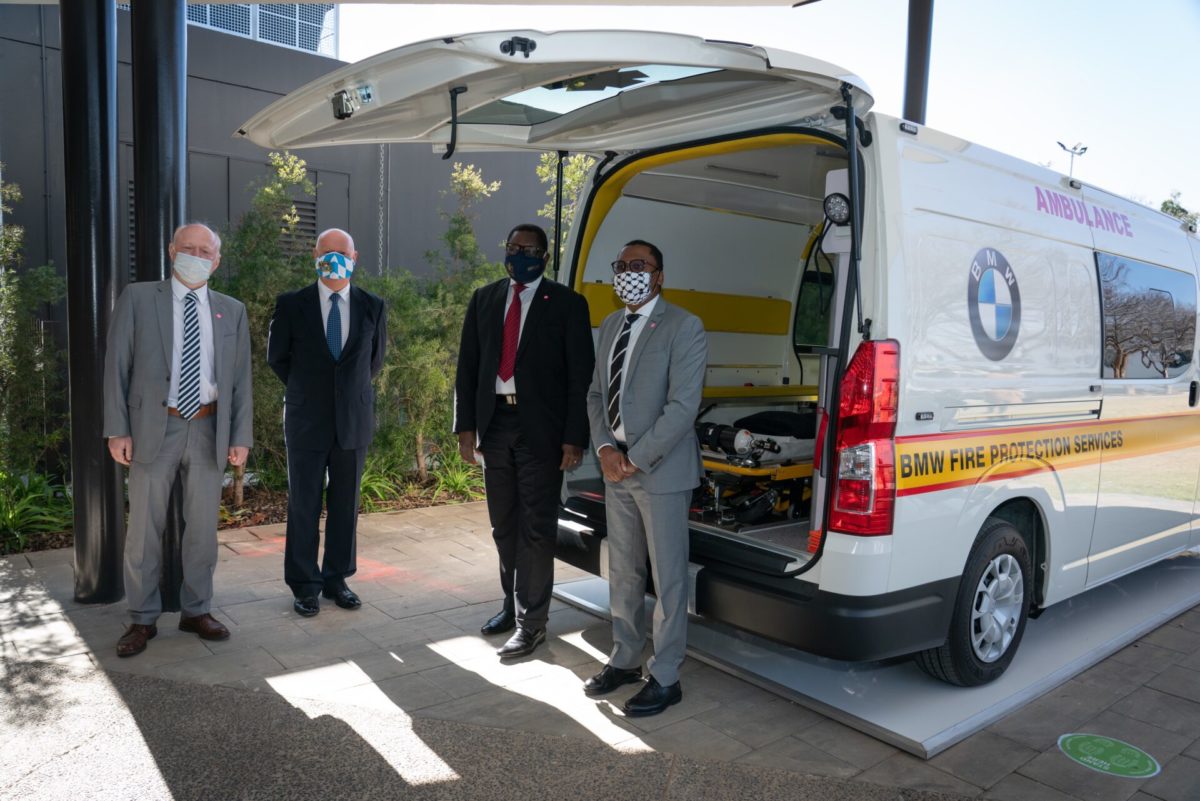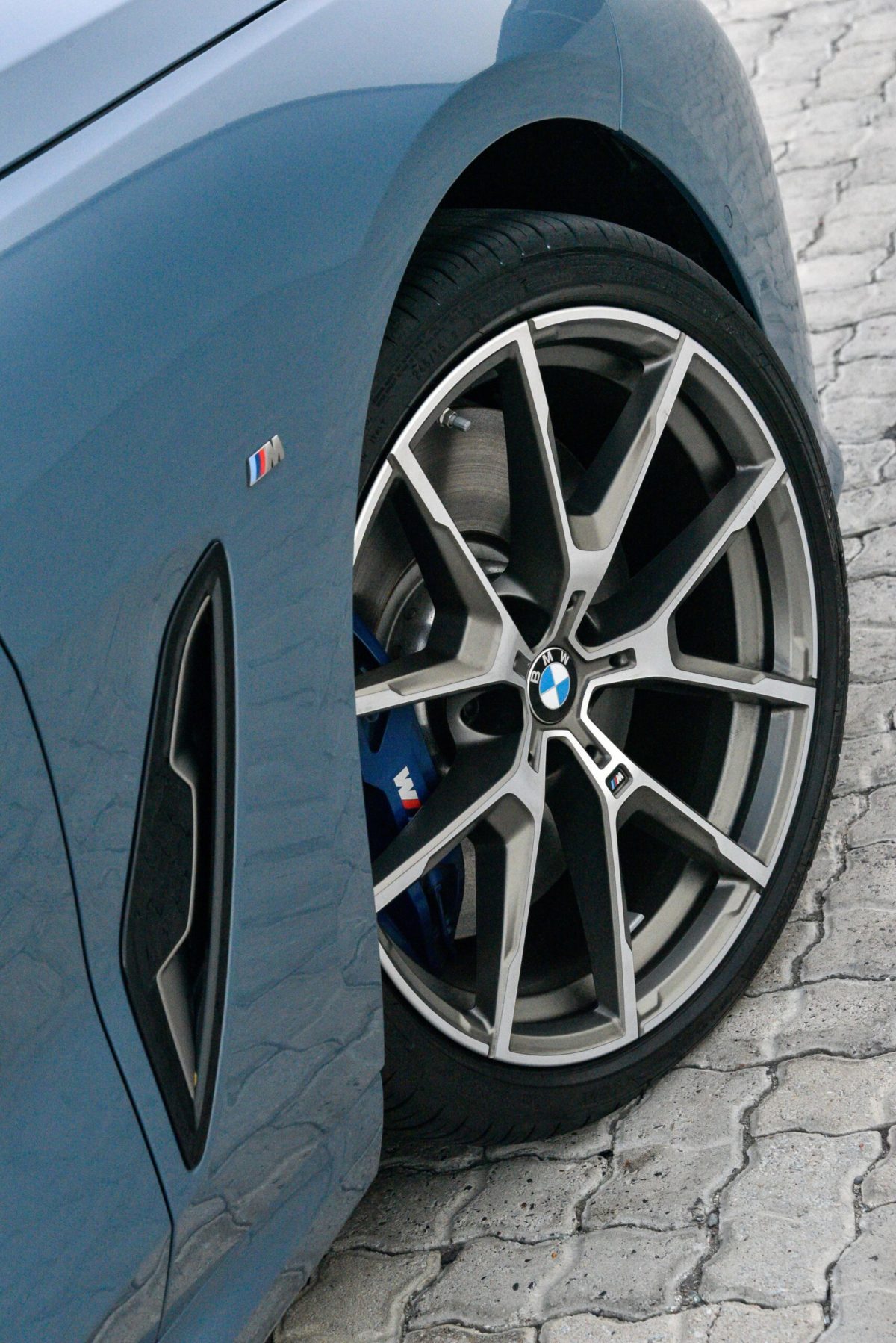The Modern Woman’s Guide to Replacing Worn Wiper Blades
Wiper blades provide the driver with a clear view out of the windscreen and quickly and easily wipe away water, leaves, dust and even bird poo!
Because wiper blades are made of rubber, they naturally deteriorate over time, and have a rather short life span. They need to be replaced when you notice the following defects:
- Streaking when they wipe away water
- Unusual noises
- Irregular movements
- Ragged or cracked blades

Some modern cars have extremely technical wiper blade mechanisms and require the attention of a technician. For other cars though wiper blades are still quite basic and can be changed quickly and without much fuss. But before going into the step-by-step tutorial on how to do so, we first need to understand that wiper blades are generally made of three basic parts: the lower wiper arm that extends from the base of the windscreen, the metal or plastic blade attached to the lower arm, and the actual rubber blade which is the portion which is in contact with the windscreen.
Here are the basic steps to follow when changing a wiper blade.
Step 1: Raise the metal or plastic arm from the windscreen and allow it to stand unaided in its natural position which is at a slight angle to the windscreen. Make sure it soft-locks in that position as the wiper blade is spring-loaded and could easily snap back against the windscreen, pinching your fingers or damaging the screen.
Step 2: Unlock the old, damaged wiper blade: Look at the joining where the rubber portion of the blade meets the metal arm and identify the small plastic stopper holding the blade in place. Press the stopper and unhook the old rubber blade to separate it from the metal arm.

Note:
- Use one hand to hold the wiper blade at all times to prevent it from snapping back against the windscreen
- Protect your windshield with a folded towel just in case the arm accidentally snaps back while you attempt to change the wiper blade.
- Some wiper blades may have pins rather than hooks
Step 3:Slide the new rubber wiper into the same end of the arm where you pulled the worn blade from and gently pivot the new wiper until the hook snaps into place to secure it. Slowly release the wiper blade back against the windscreen
Step 4: Repeat Step 3 to replace the other wiper blade.
Step 5:Test that you have replaced the blades properly and that they work, by allowing the reservoir water to run down the windscreen and turning on the wiper blades. They should wipe the water away noiselessly, and without streaking.
